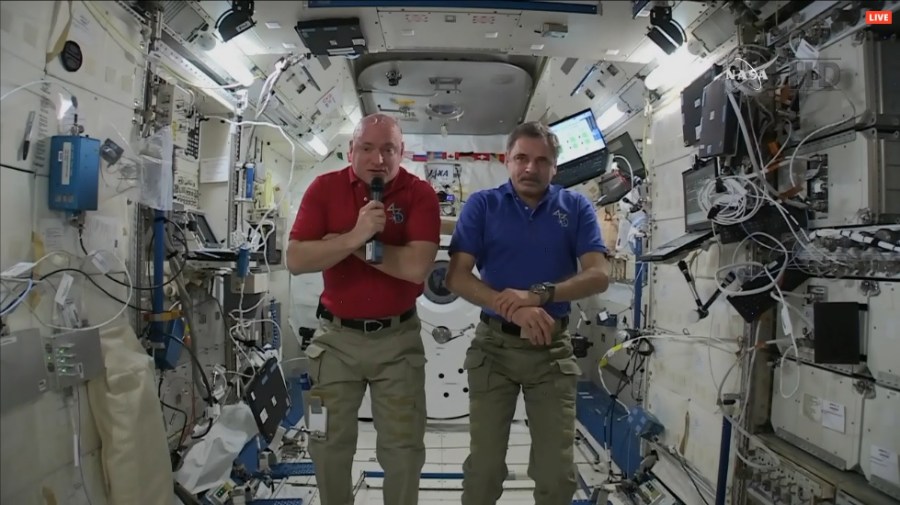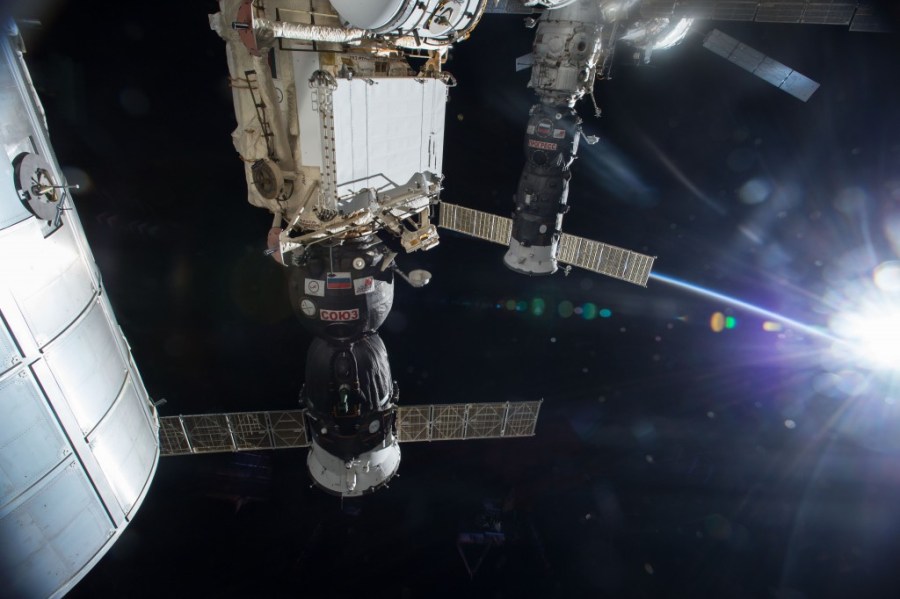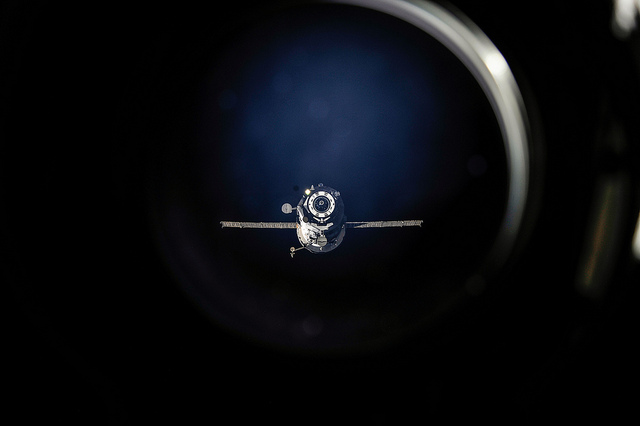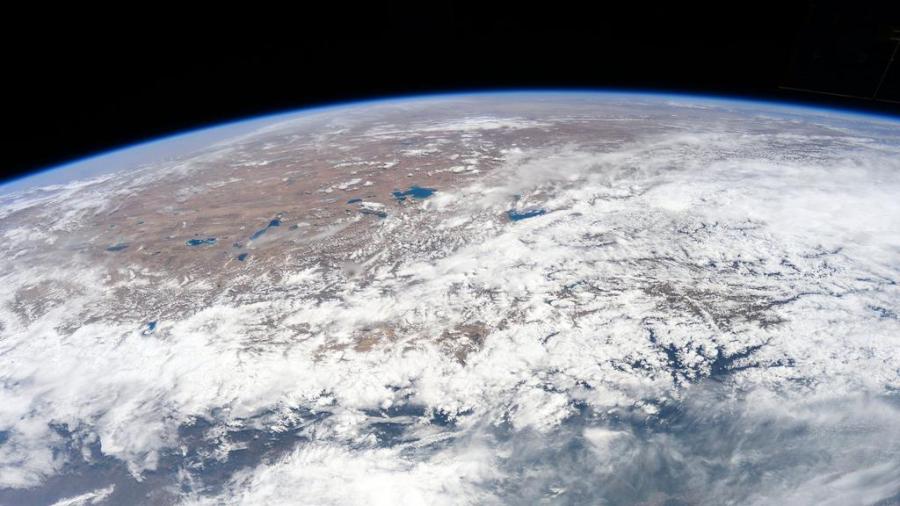59 Progress (59P) Status: Last night Russian ground controllers resumed 59P troubleshooting during Russian ground passes and were able to establish communications with the vehicle and review telemetry. Russian controllers configured the refueling system to feed the thrusters and made two unsuccessful attempts to command the thrusters to stabilize the vehicle’s angular rotation. Per Mission …































